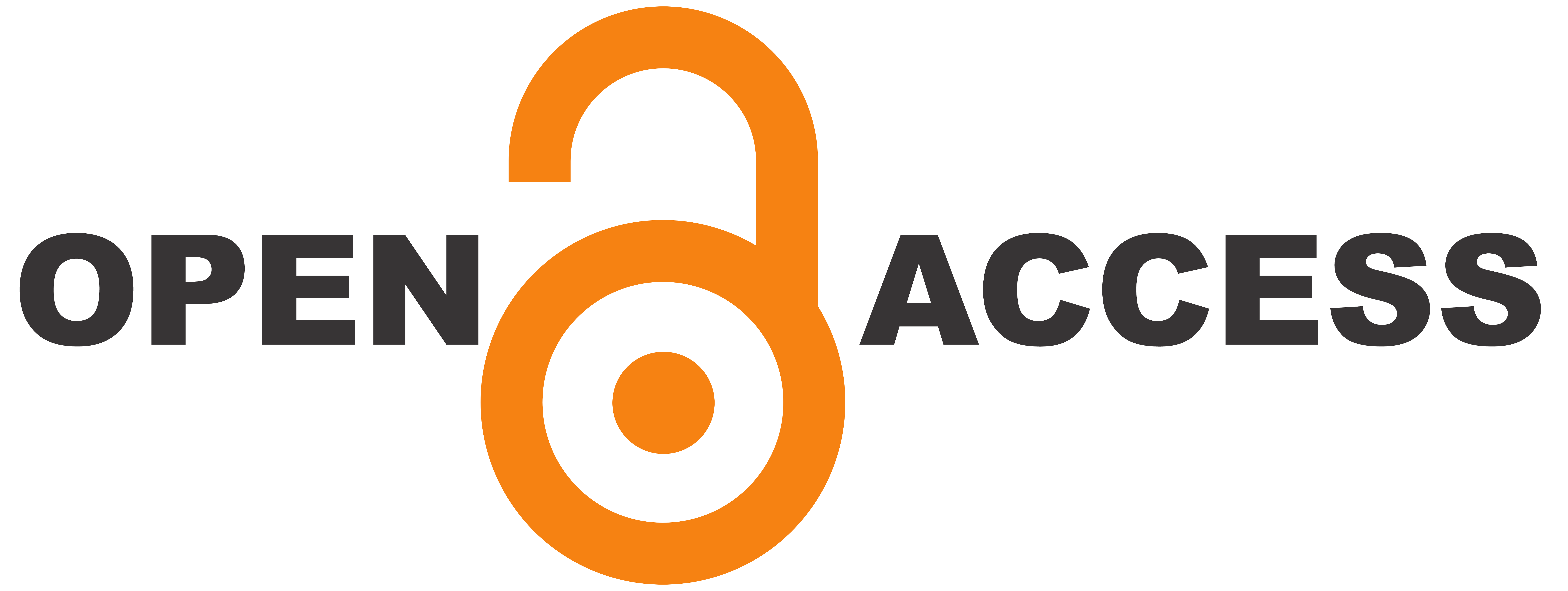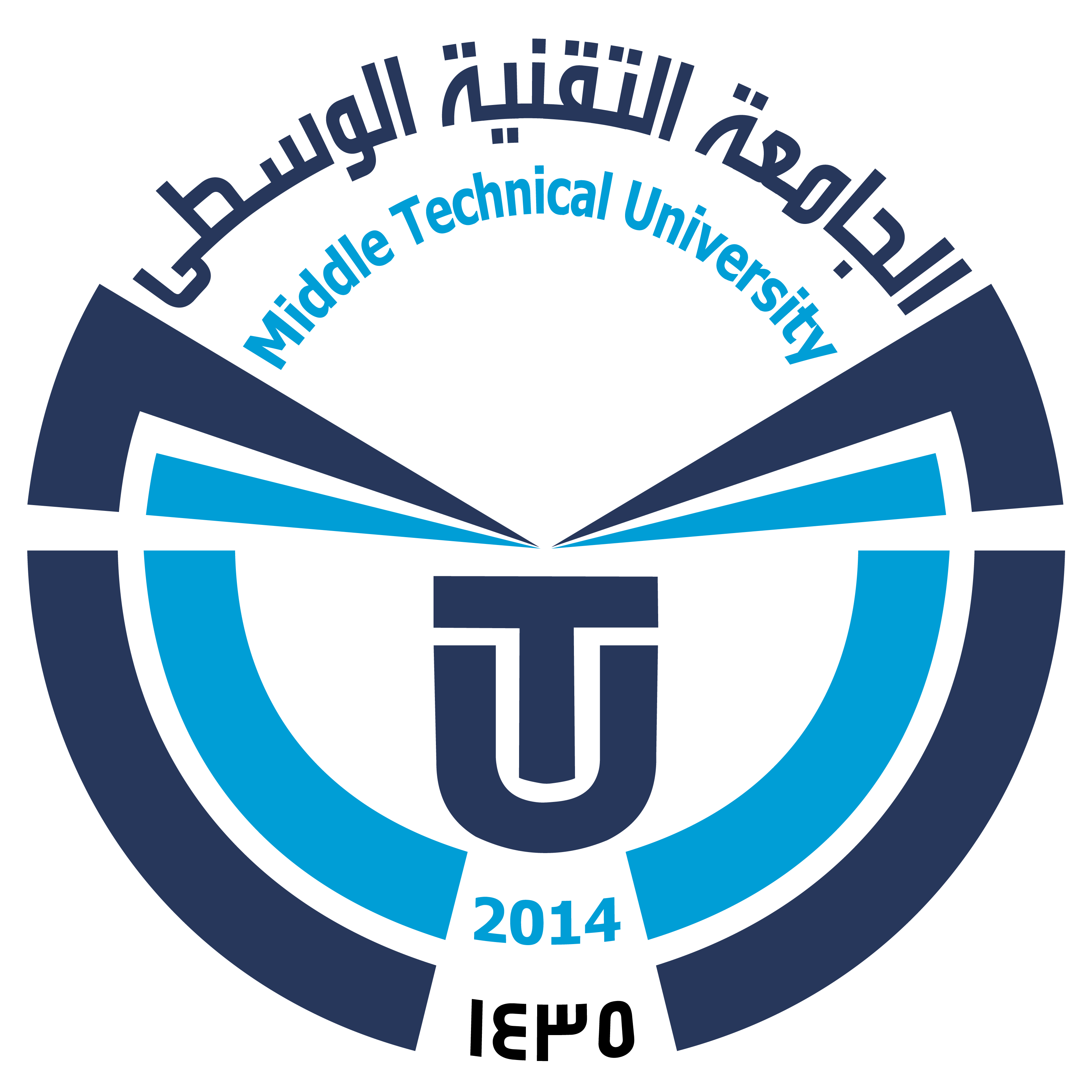
-
Journal Name: Journal of Techniques
-
ISSN: 2708-8383 (Online)
-
Publisher : Middle Technical University
-
Frequency : Quarterly
-
DOI : 10.51173/3/jt
-
Acceptance Rate :13%
-
Journal Template : (Download)
Authorship is a way of making explicit both credit and responsibility for the contents of published articles. Credit and responsibility are inseparable. The guiding principle for authorship decisions is to present an honest account of what took place. Criteria for authorship apply to all intellectual products, including print and electronic publications of words, data, and images. Authorship also implies responsibility and accountability for published work...
Everyone who has made substantial intellectual contributions to the study on which the article is based (for example, to the research question, design, analysis, interpretation, and written description) should be an author. Only an individual who has made substantial intellectual contributions should be an author. Performing technical services, translating text, identifying patients for the study, supplying materials, and providing funding or administrative oversight over facilities where the work was done are not, in themselves, sufficient for authorship, although these contributions may be acknowledged in the manuscript. One author (a “guarantor”) should take responsibility for the integrity of the work as a whole. Often this is the corresponding author, the one who sends in the manuscript and receives reviews, but other authors can have this role. All authors should approve the final version of the manuscript. It is preferable that all authors be familiar with all aspects of the work. However, modern research is often done in teams with complementary expertise so that every author may not be equally familiar with all aspects of the work. Therefore, some author's contributions may be limited to specific aspects of the work as a whole.
Editors should not arbitrarily limit the number of authors. There are legitimate reasons for multiple authors in some kinds of research, such as multi-center, randomized controlled trials. In these situations, a subset of authors may be listed with the title, with the notation that they have prepared the manuscript on behalf of all contributors, who are then listed in an appendix to the published article. Alternatively, a “corporate” author (e.g., a “Group” name) representing all authors in a named study may be listed, as long as one investigator takes responsibility for the work as a whole. In either case, all individuals listed as authors should meet the criteria for authorship whether or not they are listed explicitly on the byline. If editors believe the number of authors is unusually large, relative to the scope and complexity of the work, they can ask for a detailed description of each author’s contributions to the work. If some do not meet the criteria for authorship, editors can require that their names be removed as a condition of publication.
The authors themselves should decide the order in which authors are listed in an article. No one else knows as well as they do their respective contributions and the agreements they have made among themselves. Readers cannot know, and should not assume, the meaning of the order of authorship unless the approach to assigning order has been described by the authors.
Disputes about authorship are best settled at the local level before the journal reviews the manuscript. However, at their discretion editors may become involved in resolving authorship disputes. Changes in authorship at any stage of manuscript review, revision, or acceptance should be accompanied by a written request and explanation from all of the original authors.
Journal of Techniques provides access to archived material through Journal of Techniques archives. All articles published open access will be immediately and permanently free for everyone to read and download. Permitted reuse is defined by Creative Commons user license called "Creative Commons Attribution" (Creative Commons Attribution 4.0 International (CC BY 4.0)).
Authors have requested to evident whether impending conflicts do or do not exist by signing the conflict of interest which should be included in the main manuscript.
Public trust in the scientific process and the credibility of published articles depend in part on how transparent conflicts of interest are handled during the planning, implementation, writing, peer review, editing, and publication of scientific work. Financial relationships (such as employment, consultancies, stock ownership or options, honoraria, patents, and paid expert testimony) are the most easily identifiable conflicts of interest and the most likely to undermine the credibility of the journal, the authors, and of science itself. However, conflicts can occur for other reasons, such as personal relationships or rivalries, academic competition, and intellectual beliefs. All authors should comply with the journals’ policies on conflict of interest. All participants in the peer-review and publication process, not only authors but also peer reviewers, editors, and editorial board members of journals must consider their conflicts of interest when fulfilling their roles in the process of article review and publication and must disclose all relationships that could be viewed as potential conflicts of interest.
Articles should be published with statements or supporting documents if needed, declaring:
To support the above statements, editors may request that authors of a study sponsored by a funder with a proprietary or financial interest in the outcome sign a statement, such as "I had full access to all of the data in this study and I take complete responsibility for the integrity of the data and the accuracy of the data analysis."

Journal Name: Journal of Techniques
ISSN: 2708-8383 (Online)
Publisher : Middle Technical University
Frequency : Quarterly
DOI : 10.51173/3/jt
Acceptance Rate :13%
Journal Template : (Download)
Published By Middle Technical University (MTU) - Iraq
This journal is licensed under a Creative Commons Attribution 4.0 International (CC-BY 4.0)
A peer-reviewed, no publication fees, open-access journal by the Middle Technical University, explore the journal.
